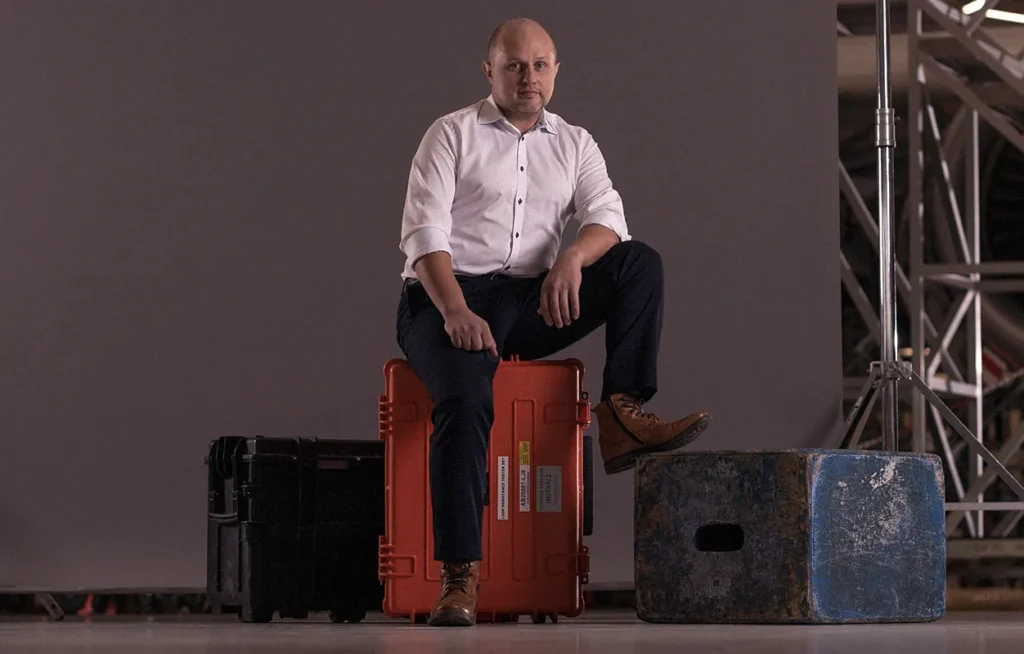Air travel relies heavily on safety, precision, and reliability. At the heart of this operational excellence are Aviation Maintenance Services. These services ensure that every aircraft, from small private planes to large commercial jets, remains airworthy and safe for passengers and crew. Airlines and operators depend on comprehensive maintenance providers like Magnetic Group to cover all aspects of aircraft upkeep, from routine inspections to complex structural repairs.
The Scope of Aviation Maintenance Services
Aviation Maintenance Services encompass a wide range of tasks designed to maintain, repair, and optimize aircraft systems. They are more than just routine checks; they are a structured set of operations that ensure aircraft performance, safety, and longevity. Maintenance services can be broadly categorized into line maintenance, base maintenance, and specialized services.
1. Line Maintenance
Line maintenance includes routine checks performed daily or after every flight. These checks focus on essential systems that need frequent monitoring. Line maintenance covers:
- Pre-flight and Post-flight Inspections: Technicians examine fuel levels, hydraulic systems, tires, brakes, and exterior surfaces to ensure the aircraft is safe for takeoff.
- Minor Repairs and Adjustments: Small issues such as lighting malfunctions, worn-out seals, or minor avionics problems are addressed immediately to prevent operational delays.
- Fluid Refills and Lubrication: Engines, hydraulic systems, and other moving parts require regular lubrication and fluid replenishment to function efficiently.
Providers like Magnetic Group excel in line maintenance, offering fast and reliable service that keeps aircraft ready for daily operations.
2. Base Maintenance
Base maintenance is more in-depth and occurs at scheduled intervals, often when aircraft are grounded for extended periods. This category includes:
- A Checks: Conducted every 400–600 flight hours, A Checks involve inspecting fluid levels, safety systems, and basic components.
- C Checks: Performed every 18–24 months, C Checks are comprehensive. They include structural inspections, system diagnostics, and detailed component checks. The aircraft may be out of service for one to two weeks during this process.
- D Checks (Heavy Maintenance Visits): The most thorough maintenance, D Checks involve almost complete disassembly of the aircraft. Technicians inspect, repair, and replace critical systems. This type of maintenance occurs every six to ten years.
Magnetic Group provides expert base maintenance services that combine precision, compliance, and efficiency. Their teams handle complex inspections and repairs, ensuring airlines minimize downtime while maximizing safety.
3. Specialized Services
Modern aircraft are equipped with advanced technology that requires specialized maintenance. These services include:
- Avionics Maintenance: Ensures that navigation, communication, and flight control systems function correctly. Avionics maintenance includes software updates, calibration, and troubleshooting.
- Engine Overhaul and Repairs: Engines undergo routine checks, performance testing, and repairs to prevent failure during flight.
- Landing Gear and Structural Maintenance: Critical components like landing gear, fuselage, and wings are inspected for wear, corrosion, and structural integrity.
- Component Replacement and Upgrades: Technicians replace or upgrade parts such as sensors, avionics modules, and hydraulic systems to maintain optimal performance.
Companies like Magnetic Group have the expertise and advanced tools necessary to perform these specialized services safely and efficiently.
The Regulatory Aspect of Maintenance
Aviation Maintenance Services are not only about keeping aircraft operational—they are also crucial for regulatory compliance. Aviation authorities such as the FAA and EASA impose strict rules on maintenance intervals, inspection types, and documentation. Airlines must adhere to these regulations to maintain airworthiness certification and avoid grounding penalties.
Providers like Magnetic Group ensure compliance by following all regulatory requirements meticulously. They maintain detailed records, perform inspections according to prescribed intervals, and provide guidance to airlines on any changes in regulations. This level of oversight helps operators avoid fines and maintain passenger confidence.
Preventive vs. Corrective Maintenance
Aviation maintenance can be preventive or corrective.
- Preventive Maintenance: Focuses on identifying potential issues before they cause failures. Routine inspections, lubrication, software updates, and system testing fall under this category.
- Corrective Maintenance: Involves fixing problems after they are detected. Examples include repairing damaged components, replacing faulty sensors, or addressing mechanical failures.
Magnetic Group combines both approaches to ensure maximum reliability. Preventive maintenance reduces the likelihood of unexpected failures, while corrective services address issues promptly to minimize operational disruption.
Benefits of Comprehensive Aviation Maintenance
Comprehensive maintenance services provide multiple advantages:
- Enhanced Safety: Regular inspections and repairs prevent accidents caused by system failures.
- Operational Efficiency: Well-maintained aircraft have fewer delays and cancellations.
- Cost Savings: Preventive maintenance reduces the need for expensive emergency repairs.
- Extended Aircraft Lifespan: Proper care ensures aircraft remain operational for longer periods.
Airlines that partner with providers like Magnetic Group enjoy these benefits while maintaining regulatory compliance and operational flexibility.
Conclusion
So, what do Aviation Maintenance Services cover? They encompass everything from daily line checks and scheduled base maintenance to specialized services like avionics and engine repairs. Maintenance also ensures compliance with aviation regulations and combines preventive and corrective approaches for maximum efficiency.
With experienced providers like Magnetic Group, airlines gain access to comprehensive maintenance solutions that keep aircraft safe, reliable, and ready for operation. These services are critical not just for regulatory compliance but also for enhancing operational efficiency, reducing costs, and ensuring the safety of passengers and crew. In the competitive world of aviation, comprehensive maintenance is the key to success and trust in the skies.



